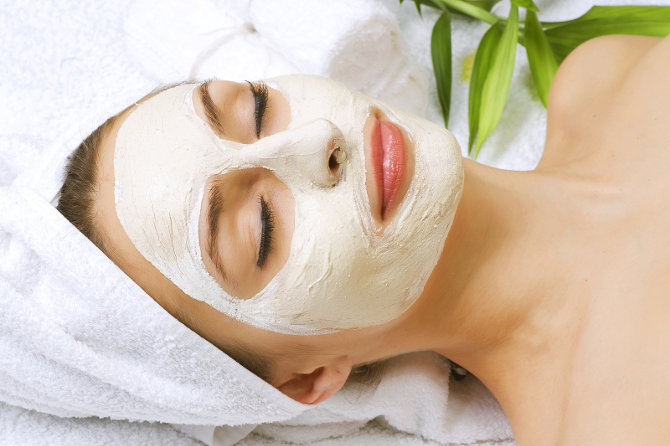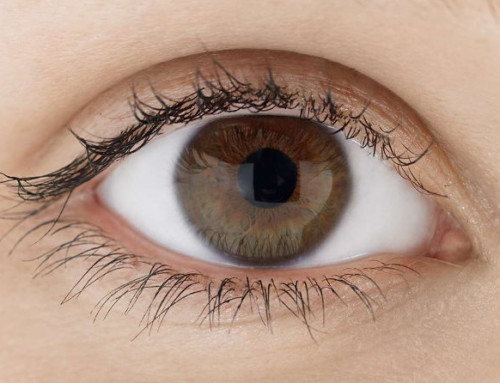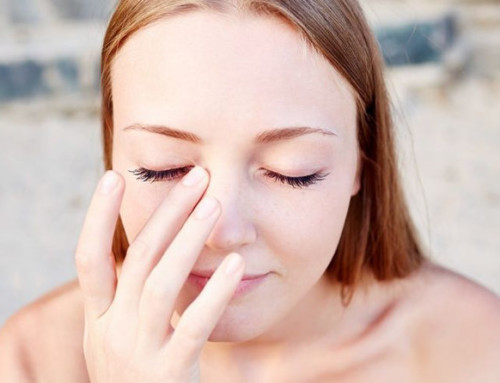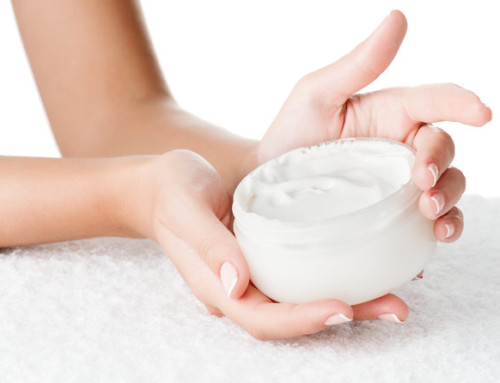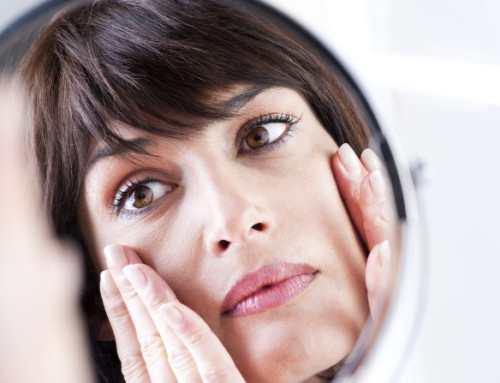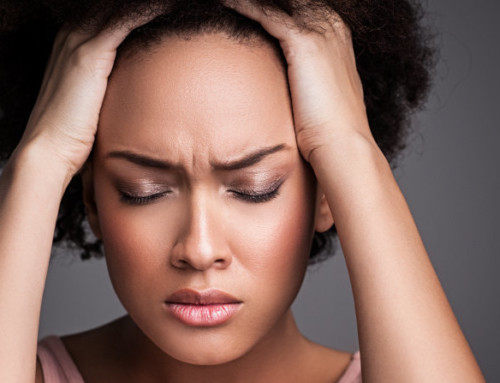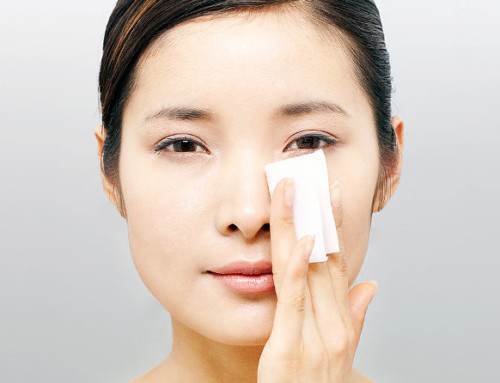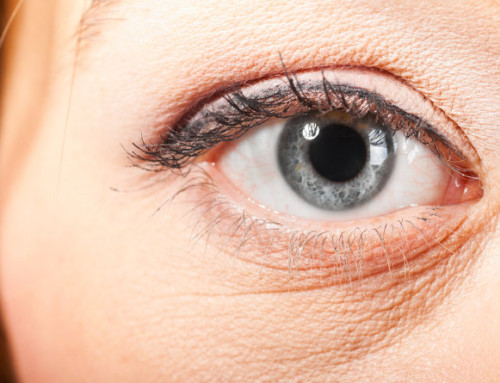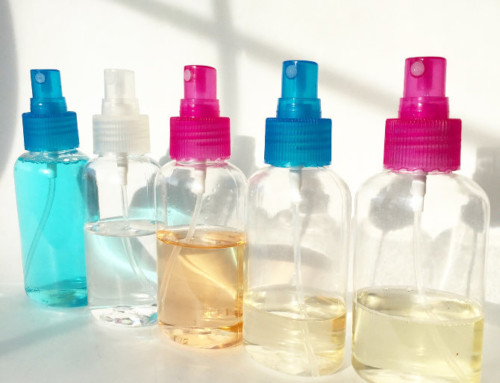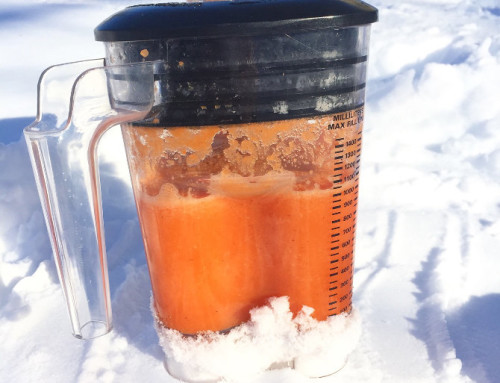Is your skin feeling oilier than usual? With summer here, oily skin is a problem for many people. Heat increases sebum production, so you may find yourself oilier than usual.
I have more oil too — on my nose, which is not oily in winter months. And with the oil comes blackheads and more visible pores. Even with diligent cleansing, my pores just get clogged. (Note: When I use the word ‘pore,’ I mean ‘follicle,’ which is the technically correct term.)
This is perfectly normal. Sometimes, the amount of oil produced is more than a pore can hold, especially if the pore is small. The pore then gets enlarged.
There’s nothing we can do to stop our skin from producing sebum. But we can take steps to manage it.
Tips for Oily Skin – Do’s & Don’ts
Do’s
1. Use a cleanser for oily skin.
Look for cleansers made for oily skin. This may seem obvious, but it doesn’t hurt to state the obvious again.
Cleansers formulated for oily skin will contain ingredients that help control oil activity and clear pores.
If you can afford it, I recommend professional skin care brands (what you’d find in a spa or doctor’s office) rather than drugstore brands. They generally contain better ingredients that are more sophisticated and effective. Drugstore brands can be aggressive and strip too much oil from skin.
2. Use a toner to hydrate your skin.
While not everyone needs oil, everyone needs water in their skin. A toner hydrates skin effectively, by giving skin humectants (water-binders) that attract and hold onto water.
A hydrating toner is suitable for all skin types. Be careful not to use an astringent (an alcohol-based toner). Look for an oil-free toner with humectants.
If you’re very oily, a toner may be sufficient to hydrate your skin – you can use that instead of a moisturizer.
More about hydrating with a toner
3. Use an oil-free moisturizer if you need more moisture. Or an oil that is non-comedogenic.
If you need more hydration than a toner can provide, consider adding an oil-free moisturizer.
Alternatively, you can use a face oil to moisturize your skin. An oil might seem counterintuitive, but oily skin, like all other skin types, needs nourishing too. Your skin barrier is made up of lipids and natural moisturizing factors, which make the skin strong and supple. Lipids are essential for good skin.
If you’re cleansing with an aggressive cleanser or using harsh acne products, it may strip your skin of essential lipids.
An oil can replenish those lost lipids. Not all oils are suitable for oily skin. But the right face oil can moisturize your skin well without leaving an oily or greasy feel. 1-2 drops is all you need.
Put a drop of oil on a finger, spread it onto a few other fingers, then press those fingers into your skin over your face. The oil on your fingertips will transfer onto skin. You don’t need a lot. Applying oil is not the same as rubbing a cream or lotion all over your face.
4. Treat the oily areas of your face separately from the non-oily areas. Use different products.
If you’re combo-oily (oily on the T-zone but normal/dry elsewhere), use an oil-free moisturizer on the T-zone and your regular moisturizer elsewhere.
It’s not realistic for one skin product to “do it all.” Your skin condition isn’t the same everywhere on the face. Nor is it the same every day. In fact, it’s always changing. So it makes sense to treat your skin with different products according to its needs.
If you’re like me (normal skin type but a bit oily on the T-zone), then you should treat your T-zone differently from the rest of your face. In the summer when my nose gets blackheads, I use an oil-free sunscreen (AM) and oil-free moisturizer (PM) on the nose.
There are times when I use 3 different moisturizers on my face – 1 for the nose, 1 for the cheeks (where I have spots), and 1 for my forehead and chin. Nothing wrong with that! More work, but it gives me a better outcome.
5. Look for Oil-Absorbing and Sebum-Regulating ingredients.
Oily skin products are made with ingredients that either absorb excess oil or inhibit oil production. Many are mattifying (reduce the shine).
6. Watch out for comedogenic ingredients.
This is especially important if you have acne or blackheads. With more oil production, your pores are more likely to get clogged.
You can be doing all the right things, but using the wrong moisturizer or makeup can reverse all those efforts and leave you with clogged pores.
List of Comedogenic Ingredients
7. Exfoliate regularly (1-2 x/week).
This will minimize clogged pores. A clog is composed of oil, dead skin cells, bacteria, and debris. Exfoliation will remove the excess dead skin cells that may get stuck inside pores and block pore openings. Sebum will flow out more freely.
Exfoliation can help clear up under-surface congestion, blackheads, whiteheads, milia, and breakouts.
8. Use a clay or charcoal mask on oily areas (1-2 x/week).
Clay and charcoal absorb oil. Many of today’s oily skin masks also contain detoxifying ingredients that treat acne. Oily skin and acne commonly occur together, but you can still have oily skin without acne.
Remember to use the mask on oily areas only. So if you’re only oily in the T-zone, use it there, not the whole face. Clay and charcoal are drying, so if you’re not oily, it will dry out your skin.
Don’ts
1. Don’t over-cleanse.
Twice a day is enough, unless you’re cleansing after a workout or it’s super humid and your skin feels unbearably gross. While it’s tempting to cleanse often, over-cleansing will do two things that are undesirable:
- Produce more sebum in the follicles. (Sebum flows out of follicles.). Strip too much sebum away, and the sebaceous glands will just produce more.
- Strip essential lipids (oil) from your skin. Those lipids are necessary for the skin’s barrier function. If you don’t have enough lipids, your barrier will become weak. A weak barrier causes all sorts of skin issues, like irritation and sensitivity (not to mention premature aging which is largely due to inflammation). It will also make your skin dehydrated. Water loss is greater when the barrier function is damaged.
If you want to remove shine immediately, blot your skin with tissue or oil-absorbing sheets.
2. Don’t use an astringent – a toner that contains a drying alcohol.
Drying alcohols strip away essential lipids that your skin needs for a healthy barrier.
Common Drying Alcohols:
- Ethanol (Ethyl Alcohol)
- Methanol
- Isopropyl alcohol
- SD alcohol
Not all alcohols on an ingredient list are the bad, drying kind. The word alcohol is a bit confusing.
Some alcohols are NON-drying and in fact emollient. They are known as fatty alcohols, which are used to give a product a smooth feel.
Common Non-Drying Alcohols (Fatty Alcohols):
- Caprylic alcohol
- Decyl alcohol
- Myristyl alcohol
- Cetearyl alcohol
- Isostearyl alcohol*
- Oleyl alcohol*
- Cetyl alcohol
- Lauryl alcohol*
- Stearyl alcohol
These non-drying alcohols are fine. But the ones with an asterisk (*) may be comedogenic.
More about Alcohol In Skincare here.
3. Don’t use exfoliants with harsh, abrasive particles.
It might be tempting to give your face a good ‘scrub’ with a face scrub that has large particles you can see and feel. But don’t. Many particles used in exfoliants will damage the barrier function.
If your barrier is already damaged from over-cleansing, you’ll only dehydrate your skin further. And, you’ll set yourself up for other skin issues.
I’m personally not a fan of exfoliating with physical scrubs in general, unless the particles are very small and gentle. Using a scrub on the soles of feet is fine because the skin is very thick there. But the skin on the face is delicate and deserves more gentle treatment.
Also, AHAs and enzymes are far more effective at exfoliating skin than physical scrubs.
Skin Care Ingredients That Treat Oily Skin
SEBUM ABSORBERS
These ingredients absorb oil and remove shine.
- Kaolin (a type of clay)
- Bentonite (a type of clay)
- Charcoal
- Nylon-12
- Cornstarch
- Silica Powder
- Zinc Oxide
- Microsponges
- Microspheres
SEBUM REGULATORS (INHIBITORS)
These ingredients don’t absorb sebum. They regulate or inhibit oil production.
- Surfactants used in cleansers
- Solvent Alcohols
- Sulfur
- Salicylic Acid
- Benzoyl Peroxide
- Farnesol, Farnesyl Acetate
- various botanicals
Related Posts:
- How to Hydrate Skin With Toner
- How to Treat Blackheads & Clogged Pores
- How to Treat Acne – Ingredients for Acne
- Causes of Acne
- Dehydrated Skin (oily skin can be dehydrated too)
Want articles delivered straight to your inbox? Sign up here.

